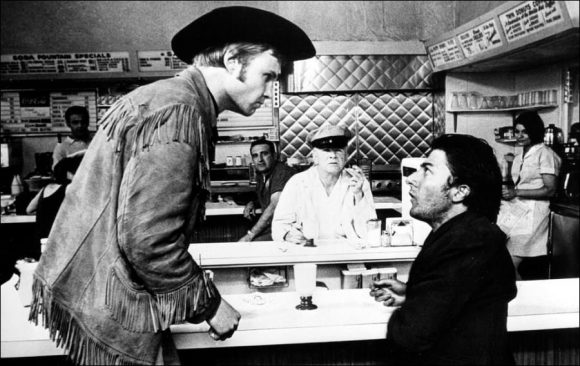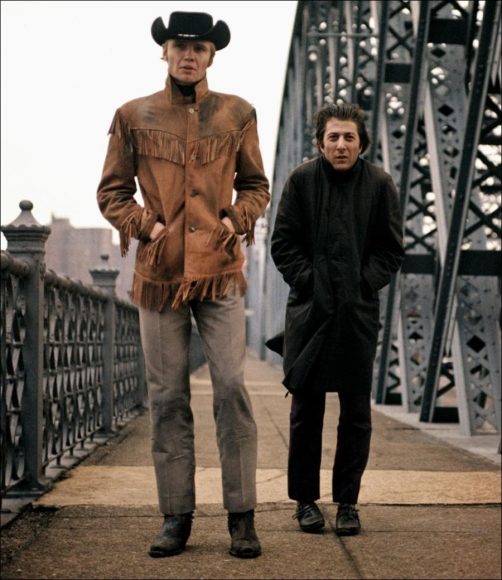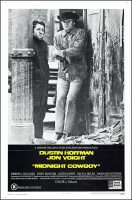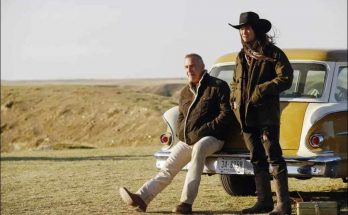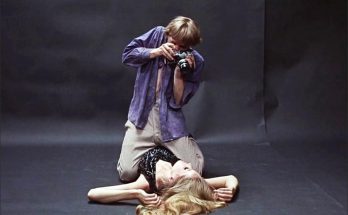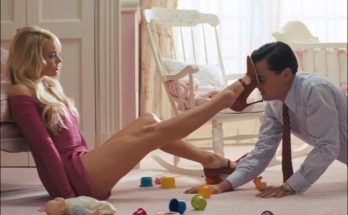The unexpected drama between friends, starring Jon Voight and Dustin Hoffman, remains a compelling study of poverty and loneliness.
Midnight Cowboy was the first and only X rated movie to win the Oscar for best film, it’s really helpful to know what happened during a lightning party, but that should otherwise be accompanied by five or six asterisks . The MPAA (Film Picture Association of America) knows how to qualify the film “R”, then turn it into X for the representation of prostitution and homosexuality, then convert it to R only two years later, a tacit recognition that the advice is good the first time. See the movie today, 50 years later, the controversy over ratings seems to be more curious than the nude scenes and nudity scenes are relatively shy and there is a tumult in a Times Theater Square to uncomfortable looks and implications.
And yet, the X rating and the best picture tell us something about Midnight Cowboy, which marks a turning point in culture, marking a transitional period during which Hollywood reacted to radical social change, but did not keep pace. It would be tempting, for example, to link the film’s release to the Stonewall riots a month later, but it would be a revisionist story to think of Midnight Cowboy as a gay rights movement. Since Joe Buck, the cowboy of the film’s executioner, opens up to trade with other men, he is bound to despair and shame, not to the pursuit of a latent desire. If he had wanted to have sex with men, the film might have kept his X.
At the same time, Midnight Cowboy is an extraordinary document of its time, as a bridge to New Hollywood – accessible and sentimental in many ways, but constantly pushing the public to accept new techniques and turn to the margins of American life . British director John Schlesinger, a British homosexual director, goes even further two years later with Sunday Bloody Sunday, a thornier and more explicit drama about sexual fluidity, but he understands very well how adventurous viewers are willing to to go further he could express their sympathies. He made a film that could both win an Oscar and see the future ahead.
It starts with Harry Nilsson’s interpretation of Everybody’s Talkin ‘, who was not eligible to win the best original song in 1969 – and that might not be, with the similar success of Raindrops Keep Fallin’ My Head Coming a few months later in Butch. Cassidy and the Sundance Kid – but reinforces the themes of the film early and often. The first lines (“Everybody speaks to me / I can not hear a word, they say it / the echoes of my mind”) are as concise a description as possible of Joe Buck: his obstinacy and his naivety over of his travels.
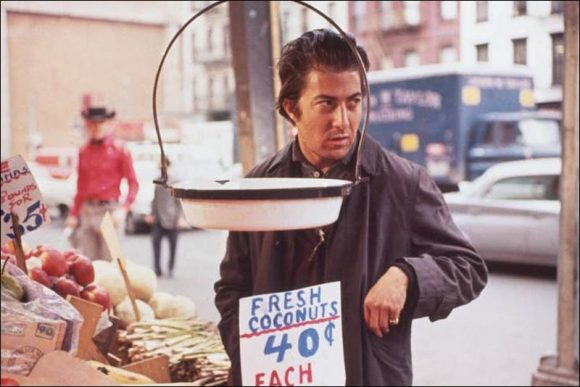
from the small town of Texas to New York, and the “echoes” of trauma from the past reverberating in his head. Jon Voight’s fine performance as Joe has a deer quality, but also a boundless optimism that contrasts in a touching way with the difficulties he faces. He struggles against a past that haunts him and even more against a city indifferent to his kitsch cowboy and absolutely powerless to see a cube in it.
Enrico Salvatore “Ratso” Rizzo, portrayed by Dustin Hoffman as a crook of the light, focuses on “little”. The $ 20 he removes from Joe for setting it up with a pimp who turns out to be a religious fanatic is the biggest score he manages in the entire movie. The rest of the time, he steals fruit or slips laundry into someone else’s machine or picks up the occasional pocket. All the scams that he can afford are squatter space in a building condemned without electricity or heating and pipes that freeze in winter. When Joe and Ratso meet again, the two partners are so much partners in the defeat that Joe can not stay angry with him, and they end up joining forces. Their team is the opposite of the Avengers: their combined helplessness gives them no defense against the world, only a little fellowship.
There are several moments that have not left culture for 50 years: it’s “I’m walking here!” From Ratso, the gesture par excellence of New York; the shot of the voice in the Manhattanite Sea on the sidewalk, his 10-gallon hat not saving him completely from anonymity; and the image of Joe and Ratso on the bus to Miami, with the window superimposing the sunny paradise with the end of a tragic journey.
Yet there is so much to be enjoyed about Midnight Cowboy, who seems to know that it will be a day for the time capsule. Schlesinger with a foreign eye for America and the selection of images that will be missed by those who live here, but who crystallize his impression of his essence. He captures Texas in the stenography of abandoned parklands and souvenir shops, and displays signs saying “If you do not have an oil well …”, click here to find out more. seed of 42nd Street and makes the buildings in heaps of rubble.
Midnight Cowboy is an excellent study of a lonely character who can not escape the echoes of his past and his role again. But it would really be in 2019, it is the sympathy of the film for the marginalized, these invisible people who have no presence in the current Hollywood, still less of any political representation. Poverty is generally chosen. The sad joke of Midnight Cowboy is that Joe is losing money to the profession he was proposing, lending money in his first round, to $ 20 at the Ratso scam, and getting stiffened by a blowjob in cinema before receiving the mercy of a world that opens the wallet.
The film demanded to take pity on characters like him, and that’s what they did, it’s the big successes in the history of cinema and Oscars of the best image, the best director and the adapted scenario of Waldo. Salt. They have not been asked often since.
All about Midnight Cowboy movie.
Midnight Cowboy (1969)
Directed by: John Schlesinger
Starring: Jon Voight, Dustin Hoffman, Sylvia Miles, John McGiver, Brenda Vaccaro, Bob Balaban, Jennifer Salt, Barnard Hughes, George Eppersen, Linda Davis, Gary Owens, Al Scott, Anthony Holland
Screenplay by: Waldo Salt
Production Design by: John Robert Lloyd
Cinematography by: Adam Holender
Film Editing by: Hugh A. Robertson
Costume Design by: Ann Roth
Set Decoration by: Philip Smith
Music by: John Barry
Distributed by: United Artists
Release Date: May 25, 1969
Visits: 162
